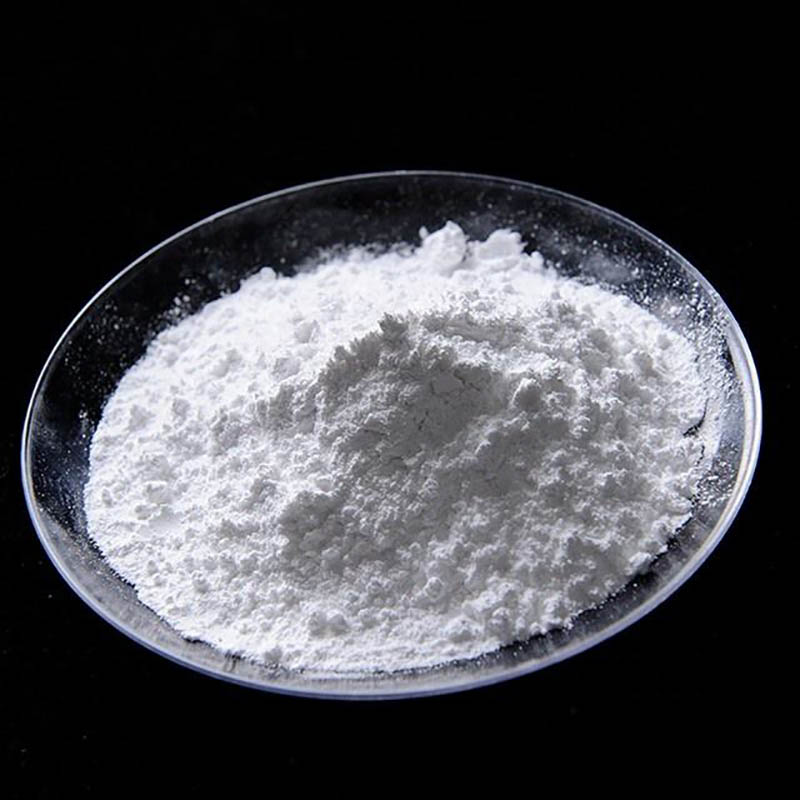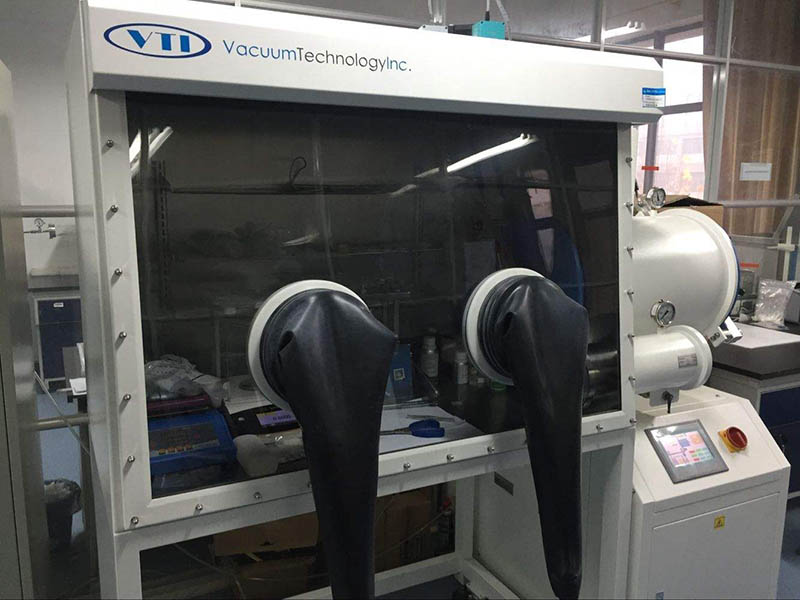
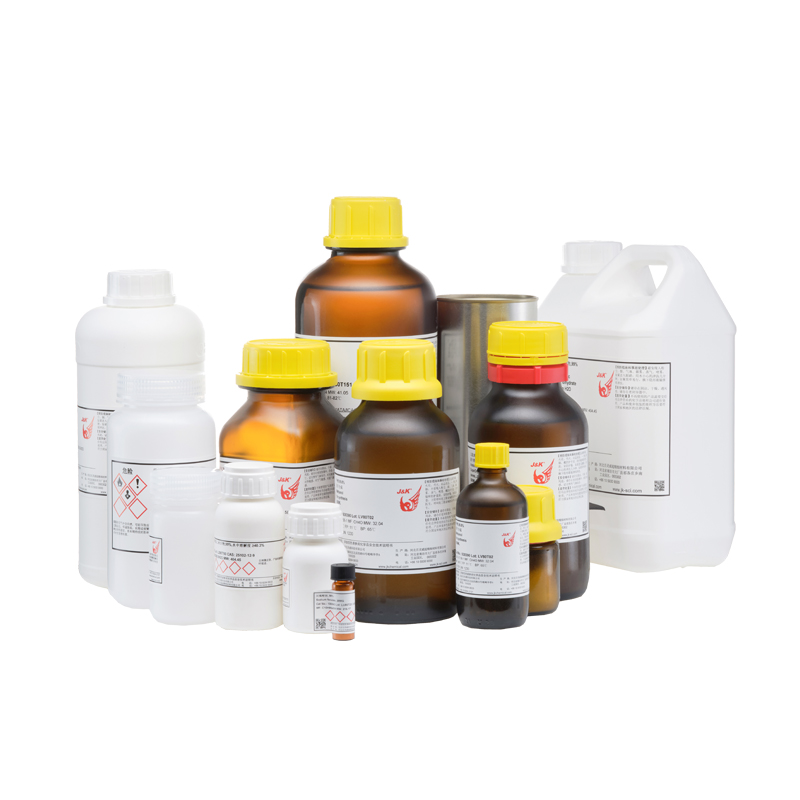
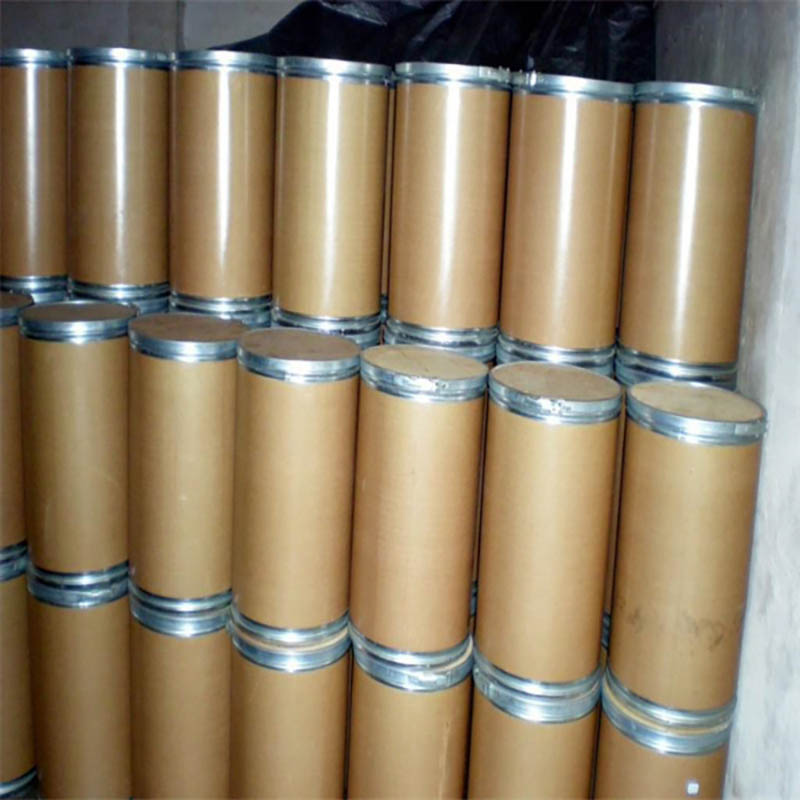
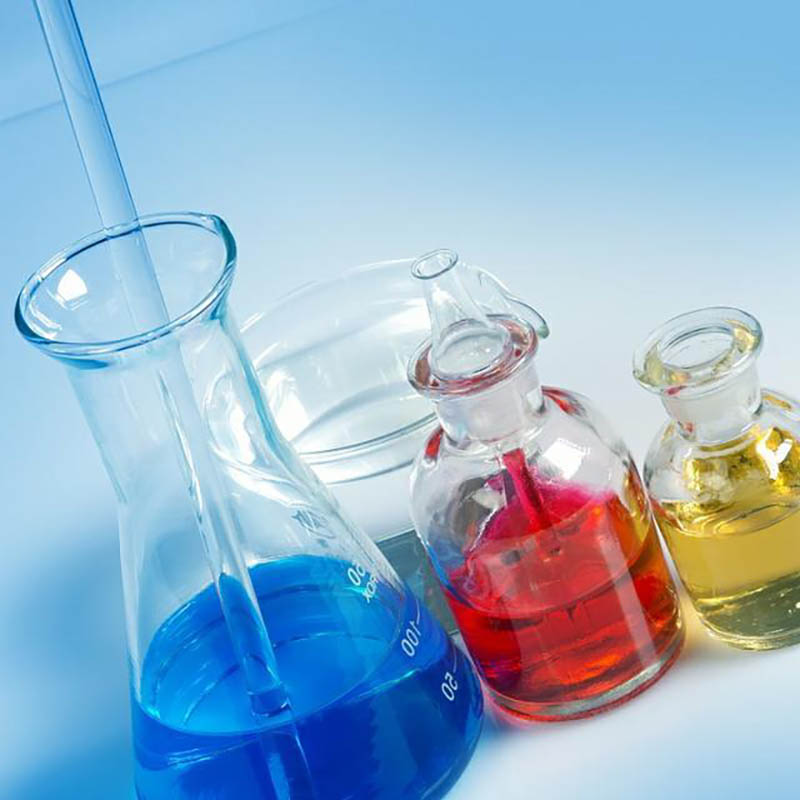

Stable at room temperature and pressure
Materials to avoid: oxide base. In contrast to other indium monohalides, InI is stable to water and acids. Even when it encounters water, it hydrolyzes very slowly when it is cold, and slightly more intensely when it is warm, producing hydrogen. Even in an acid solution, when it’s cold, it’s slow
Product Name: Indium(I) iodide(InI)
Molecular Formula: IIn
Molecular weight: 241.722
CAS NO: 13966-94-4
EINECS 237-746-3
Melting point: 351ºC
Boiling point: 712°C
Density: 5.320g /cm³
Appearance: powder
Used in the synthesis
Iridium catalysts including indium iodide are the most promising catalysts for methanol carbonylation to acetic acid
1,The reaction was carried out in a 20×0.8cm thick walled borosilicate glass tube. One end of the reaction tube is closed, and a small closed branch tube of 1.0cm is connected about 6cm away from the closed end. Indium 1.15g(0.01mol) and Mercury iodide 2.3g(0.005mol) were placed in the reaction tube. Vacuum to 1.3-2Pa pressure, then seal. Heat in muffle furnace to 409℃ for 30min. Take the reaction tube out of the furnace and tilt it so that the free mercury flows into the small closed branch tube and is separated from the molten indium iodide. To remove mercury completely, the indium iodide portion of the reaction tube was further heated at 350℃ for approximately 2h. In the meantime, small closed tubes of mercury are kept at room temperature. The amount is fixed. Because the initial reaction is so intense, it is dangerous to increase it without proper treatment
2, The excess metal indium reacts with the corresponding indium triiodide under heating, and the product is distilled under vacuum to obtain indium iodide
